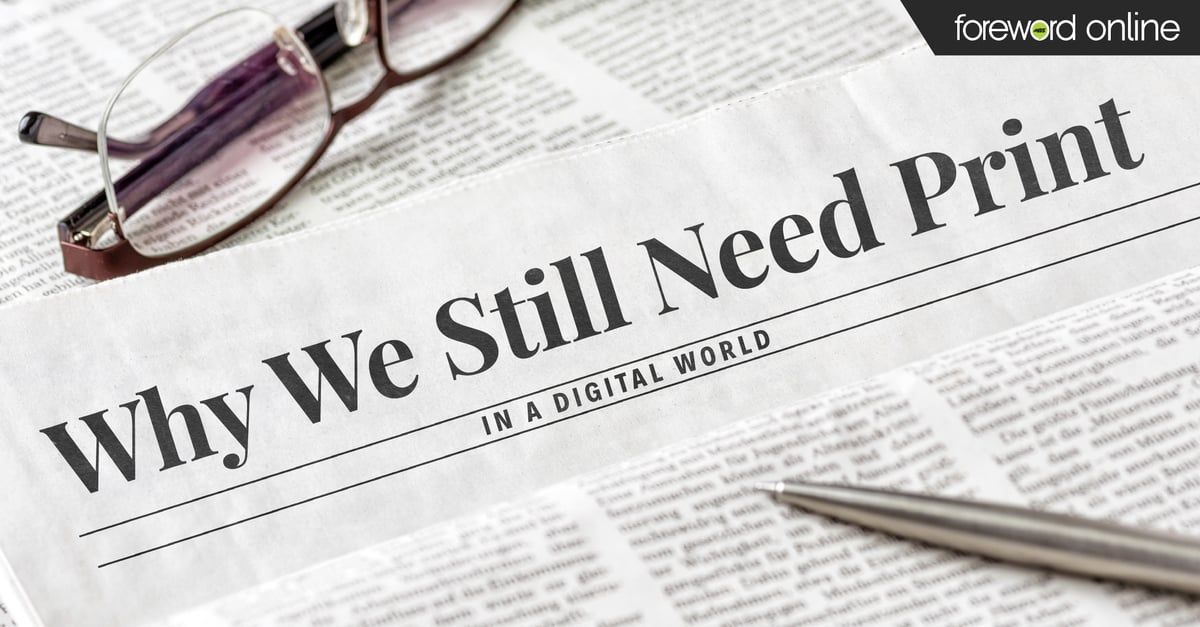In the print vs. digital debate, it is easy to take sides based on personal preference. I love books: the smell, the feel, the experience, etc. However, over the last few years, my personal reading habits have shifted. Most of my reading now happens digitally. It doesn’t make me love books less, but it has given me an appreciation for the convenience of digital. When it comes to the print vs digital debate, I tend to be of the mind that the reader should choose. However, research has demonstrated that reading comprehension improves with print texts.

In a review of educational research on this subject conducted by Patricia Alexander, a professor of psychology at the University of Maryland, and Lauren Singer, a Ph.D. candidate in educational psychology at the University of Maryland, it was found that students had lower comprehension when reading digitally than in print. The students in the same study overwhelmingly preferred digital to print and judged their own comprehension as better online. However, there was also a group of undergraduates who demonstrated better comprehension digitally than in print because they read slower in a digital format.
Perhaps, print vs. digital isn’t a question with one answer simple answer. Different types of text require different types of reading in order to retain the most useful information. The same could be true for the format of the materials. Different types of material may be better suited for different mediums. Having options allows for better personalization in a student’s education. While some student may gravitate naturally toward print, others may prefer digital.
Digital materials definitely bring benefits to students: lower cost, more convenience, engaging and interactive multimedia, and it’s environmentally friendly, but they also require students to learn to read in a different way to be as effective as print. But, print is far from out of the race. On top of better retention, books don’t run out of batteries during a long study session or experience technical difficulties. They can easily be referenced, and notes can be handwritten in the margins of much beloved texts. However, they lack the convenience of having them with you always.
As time goes on, more research will be conducted on the subject. Learning and teaching methods will continue to adapt to the evolving landscape. Only time will tell if print, digital or a combination of the two will ultimately be the best for student learning.




![Navigating Complex Course Material Trends [White Paper]](https://foreword.mbsbooks.com/hubfs/Navigating-complex-course-material-trends-FO.jpg)
